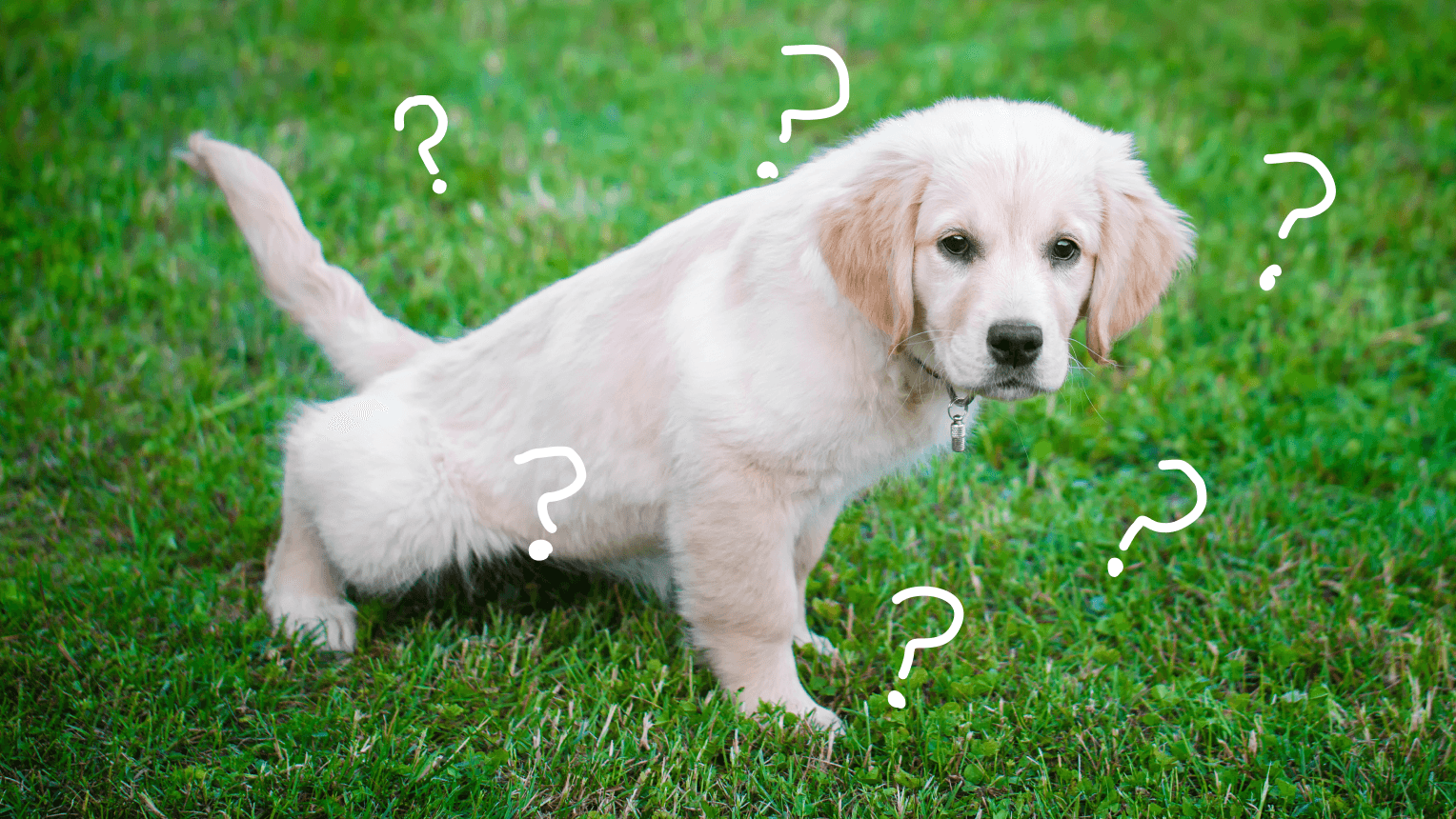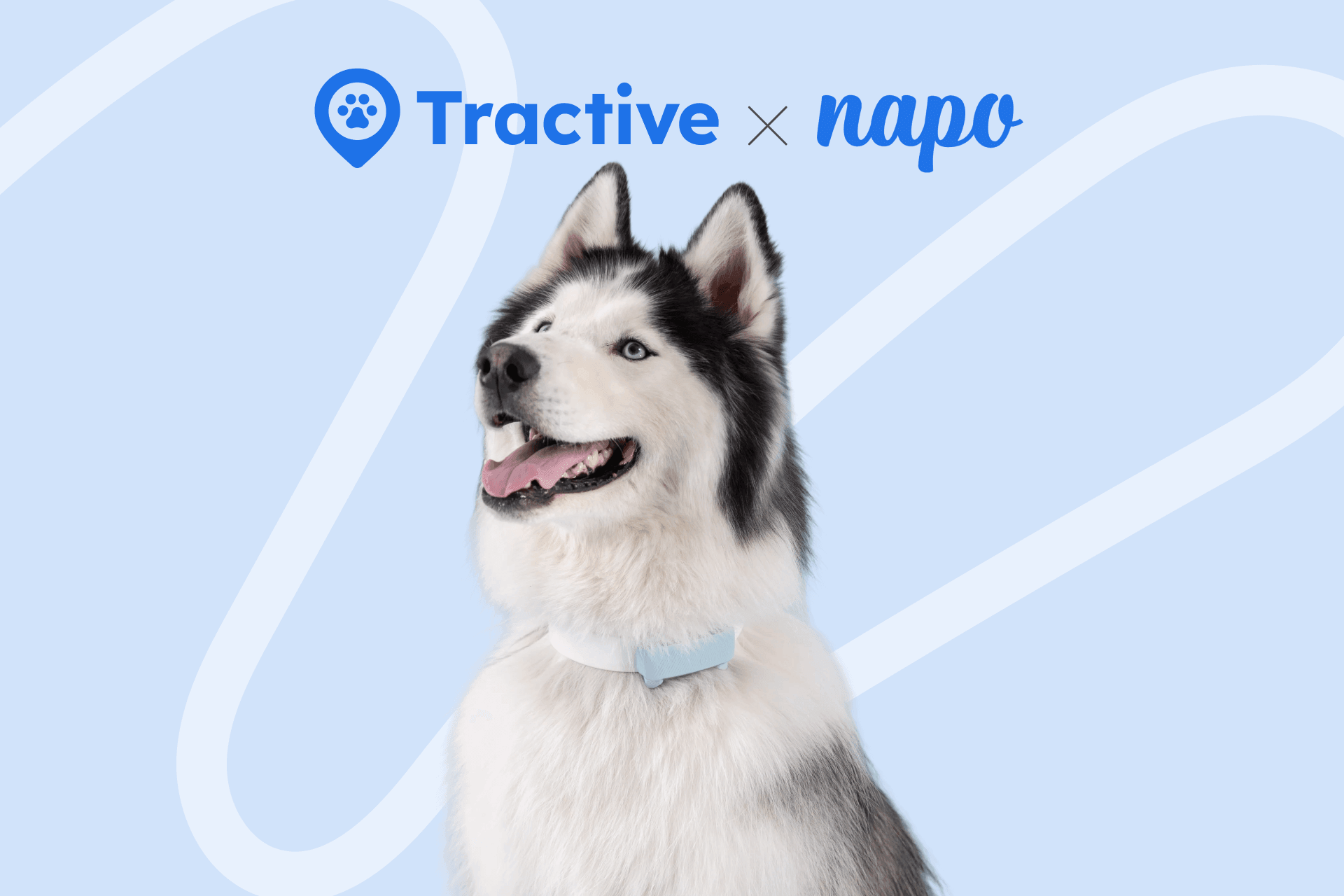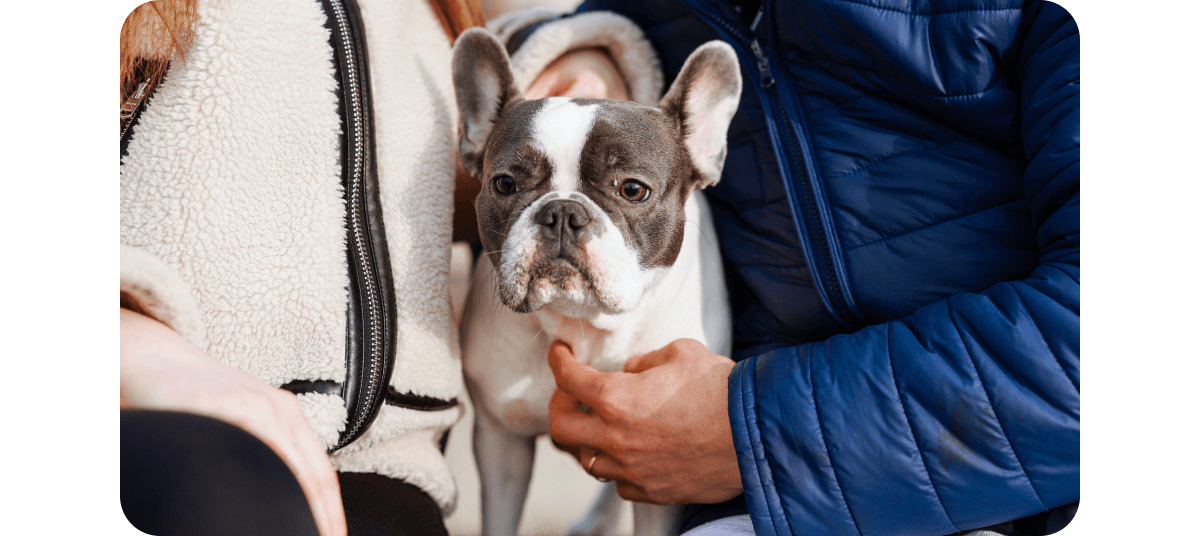The complete guide on how to toilet train a puppy

Summary
Toilet training a puppy takes time and patience. Stick to a routine by taking your puppy outside around the same time every day, after meals, naps, and in the morning and night. Try to get them to do their business in the same spot and reward them with treats and praise when they do. Keep a close watch inside and gently guide them outside if you catch them going in the wrong place. With patience and consistency, your puppy will become the perfect housemate with their new bathroom etiquette.
Embracing the joys of puppyhood also means figuring out how to toilet train your puppy. In this guide, we'll cover different parts of puppy toilet training including why accidents happen and your pup might pee inside, how to handle setbacks and how to get started with toilet training. Say goodbye to indoor surprises as you work towards a potty-savvy pup.
What's the best way to toilet train a puppy?
The best way to toilet train a puppy is by using positive reinforcement and routine. Consistency and routine help maximise the chances of your puppy going to the toilet where they’re meant to, and positive reinforcement helps to encourage them to do it again.
How to toilet train a puppy
Here’s the key steps to follow to toilet train your puppy.
Have a routine
Make sure to take your puppy outside regularly, especially after they wake up, eat, and before bedtime. This doesn’t just mean going outside at set times, it also means giving your pup their meals and naps at regular times too, so you can plan when they’ll need to take a toilet break.
Go often
For a young puppy that’s just starting toilet training, it’s a good idea to take them out every 30 minutes, and don’t go longer than 2 hours without a toilet break. Going outside regularly increases the chances of your pup going to the toilet outside and avoiding an accident.
Keep an eye on them indoors
Watch your puppy closely inside, especially in the beginning. Pay attention to what they do before they need to pee or poop, things like whining, pacing, or circling, or lots of sniffing. If you see the warning signs they’re going to go, take them outside!
Go to the same place
Pick a specific place outside or in your garden where you want your puppy to go to the loo. Whenever you go outside, take them to this specific spot every time. This helps them learn that this is the right spot to go to the toilet.
Use a lead and be boring
When you go outside with your puppy, keep them on their lead to stop them from exploring. You want to keep them calm and avoid distractions, so try not to talk to them and don’t play with them.
Reward successful trips
Reward your puppy every time they pee or poo outside. This helps them learn that going to the toilet outside is a good thing, and it encourages them to do it again.
Use a cue word
A ‘marker’ word or cue word is something you say to show your pup that you want them to do something – in this case, going to the toilet. It can be something like “wee wees” or “toilet” or a short sentence like “time for a wee”.
The golden rules to help toilet training
As well as the step-by-step of taking them outside, there are some golden rules to toilet training that will help your pup learn as quickly as possible.
Don’t shout or punish them
Don't punish your puppy if they have an accident inside. It doesn't help them learn and can cause other behavioural problems, like coprophagia. If they go to the toilet inside, ignore it and stay calm, then clear it up quietly.
Clean up accidents thoroughly
If your puppy has an accident in the house, use an enzymatic cleaner to clean the area. This removes the smell. If the smell isn’t broken down, your pup might think that’s where they’re meant to go. A regular household cleaner won’t get rid of the smell!
Be consistent
Consistency helps your pup learn quicker! Make sure everyone at home follows the same steps and uses the same cue word. If you’re all doing different things, you’ll confuse your pup and they won’t understand what they’re meant to do.
Be patient
It takes time for puppies to learn. Be patient, and celebrate when they do go outside. Mistakes happen, but with your encouragement, your puppy will catch on to the idea where the right place is to go.
What’s the best way to toilet train a puppy?
The best way to toilet train a puppy is by using positive reinforcement and routine. Consistency and routine help maximise the chances of your puppy going to the toilet where they’re meant to, and positive reinforcement helps to encourage them to do it again.

How to train a puppy to pee outside
Training your puppy to pee outside involves the same steps as toilet training generally. Follow the steps above and you’ll soon teach your puppy to pee or poo outside.
How to toilet train a puppy at night
To toilet train your puppy at night, you follow the same principles of routine and consistency as you would at any other time. Timing is key here to minimise the disruption to your sleep!
This is why routine meals are so important. Typically, puppies will need to go to the toilet 4 hours after eating, so work backwards from your bedtime. If you sleep at 10pm, give them dinner at 5.45pm, and take them outside at 9.45pm for a quick bathroom break. But don’t give them dinner too close to bedtime.
Then, you’ll need to take them out a few hours later, according to their age and routine. When they're really young, they shouldn't be left more then 2 hours without a bathroom break.
Once your puppy’s bladder control is more developed at around 5-6 months old, they’ll usually start to sleep through the night. And then you don’t need to worry about bathroom breaks in the middle of the night!
If they do have an accident inside during the night, stay calm, clean the area well, and think about changing their meal time or bathroom breaks the next night.
How long does it take to toilet train a puppy
It takes a few weeks to a couple of months to toilet train a puppy. But the time it takes can be different for each puppy, depending on things like their age and breed, and how consistent and patient you are with training. For a more detailed look at what to expect, read our guide on how long it takes.
How to toilet train a puppy in 7 days
It’s near impossible to toilet train a puppy in just seven days. Puppies need time to learn new routines and for their bladder to develop. Trying to do it in seven days can be stressful for you and your pup.
Instead, be patient, focus on consistency and a regular routine, praise them anytime they toilet outside, and remember that accidents happen. If you are consistent in your routine, the spot you take them too, and your positive reinforcement they should get the hand of it quicker.
After a few months, if you’re still struggling to make progress, get some extra help and support from a professional.
Conclusion
Like learning any new skill, toilet training takes practice and patience. But being consistent and positively reinforcing the behaviour you want will help your puppy learn.
Remember, it’s normal for puppies to have accidents inside before they’re toilet trained and they're not doing it to be "naughty". It can be a frustrating and messy, but puppies aren't born knowing we humans expect them to pee and poop outside only, we have to teach them.
Jump to
Napo & Tractive launch partnership offering pet parents free GPS and health devices

Napo & Tractive launch partnership offering pet parents free GPS and health devices
Blog
Why isn’t my cat using the litter tray?

Why isn’t my cat using the litter tray?
By Rachel Rodgers MSc, Head of Training at Napo Pet Insurance
Blog
10 things you need to know about Frenchies

10 things you need to know about Frenchies
By Rachel Rodgers MSc, Head of Training at Napo Pet Insurance
Blog